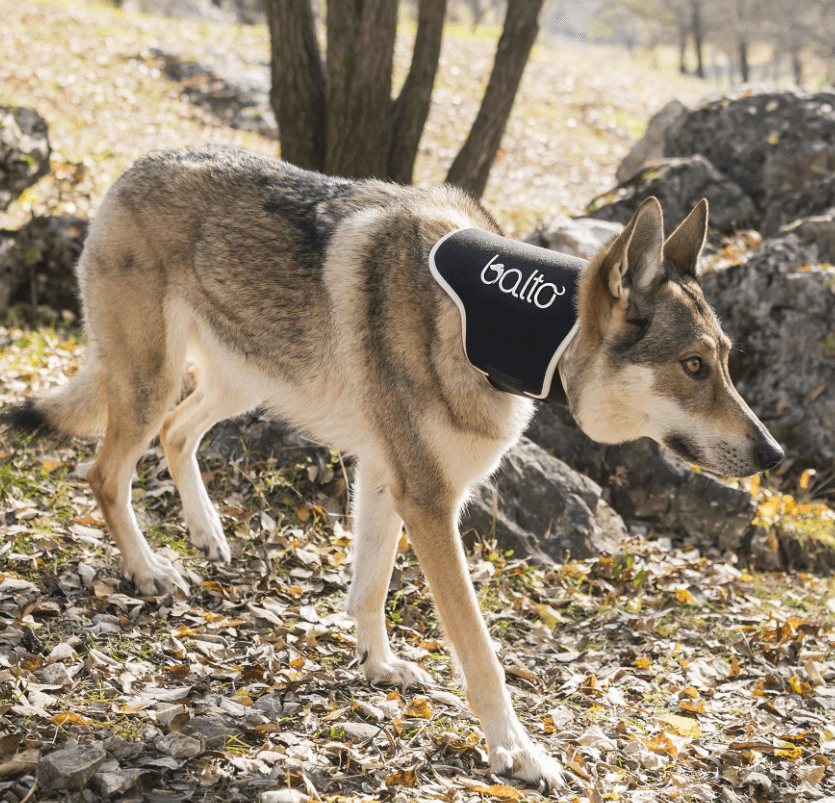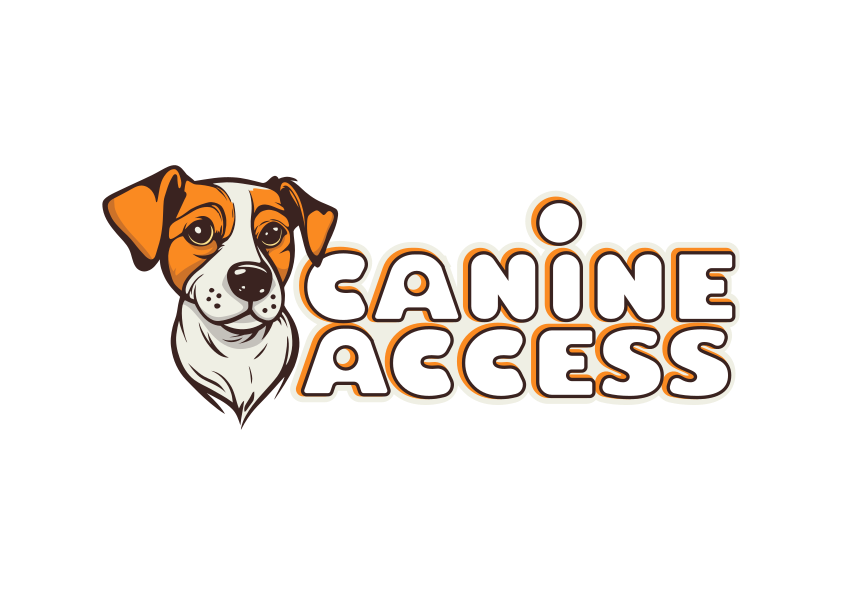A dog neck brace plays a crucial role in providing support and stability to dogs suffering from neck injuries. By immobilizing the neck, it helps alleviate pain, reduce inflammation, and prevent further damage. This essential medical device aids in the healing process, allowing dogs to recover more comfortably and effectively from neck-related ailments.
How to choose the right dog neck brace
Choosing the right neck brace for dogs involves considering several factors to ensure proper support and a comfortable fit for your furry companion. They include:
- Consult a veterinarian: Seek professional advice to accurately diagnose your dog’s condition and get specific recommendations for a suitable neck brace.
- Consider your dog’s size and breed: Different neck braces are designed to accommodate varying neck sizes and shapes, so choose an appropriate one for your dog’s breed and size.
- Adjustable fit: Look for a neck brace with adjustable straps or closures to ensure a secure and customized fit for your dog.
- Comfort and breathability: Consider the materials and padding used in the neck brace to ensure it is comfortable for your dog to wear and allows for proper ventilation.
- Read reviews and seek expert opinions: Research and read reviews from other pet owners who have used dog neck braces. Additionally, consult with experts such as veterinarians or veterinary orthopedic specialists to get their insights and recommendations.

How to make a dog neck brace: The best materials
The choice of materials for a dog neck brace can depend on various factors, including the specific condition or injury being addressed, the size and breed of the dog, and the recommendations of a veterinarian or veterinary orthopedic specialist. While professional guidance is crucial, here are some materials that are commonly used to make neck brace for dogs:
- Rigid or semi-rigid plastic: Sturdy plastic materials, such as thermoplastic or polypropylene, are often used to create the main structure of a neck brace. These materials provide stability and support to the neck while limiting movement.
- Foam padding: You can incorporate soft foam padding into the brace to enhance comfort and prevent irritation or pressure sores on the dog’s skin. It helps cushion the brace against the neck and distributes pressure evenly.
- Velcro or adjustable straps: Velcro straps or adjustable closures are commonly used to secure the neck brace in place and provide a customizable fit. They allow for easy adjustment and ensure a snug, yet comfortable, fit.
- Breathable and hypoallergenic fabric: Adding a layer of breathable fabric can help enhance comfort and prevent irritation. Look for hypoallergenic materials that won’t cause allergic reactions or skin irritation in your dog.
